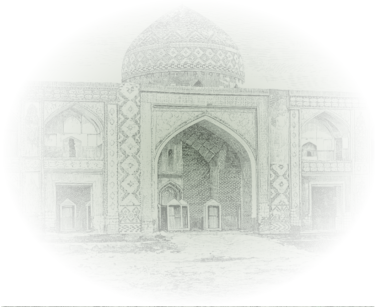Goshabulag is a village in the Novo-Bayazid uezd of the former Iravan governorate, later in the former Basarkechar (Vardenis) district, and currently in the Gegharkunik province. The provincial centre lies 82 km to the northeast of the town of Kavar (Gavar), nearby the Mazra River, at a height of 2025 m above sea level. It is marked on the five-verst map of the Caucasus. There are historical monuments and cemeteries dating back to the 15th-16th centuries related to Azerbaijanis in the village.
The village was inhabited only by Azerbaijanis: 117 in 1831, 316 in 1873, 419 in 1886, 456 in 1897, 596 in 1908, 672 in 1914 and 553 Azerbaijanis in 1916. On 13-20 April 1919 the Azerbaijanis were expelled from their native village, being exposed to massacres committed by Armenian armed forces. Following the establishment of Soviet power in the territory of present-day Armenia, they managed to return to their lands. The village was inhabited by 337 Azerbaijanis in 1922, 291 in 1926, 383 in 1931, 629 in 1939, 638 in 1959, 1,440 in 1979 and 1,800 Azerbaijanis in 1987. In late November 1988 the Azerbaijanis were expelled from their historical and ethnic lands by the Armenian government. Currently, the village is inhabited only by Armenians.
The toponym was coined by combining the word “gosha” used in the Azerbaijani language to mean “pair, not alone” and the word “bulag” (a spring).
By the decree of the Presidium of the Supreme Soviet of the Armenian SSR dated 3 April 1991, the village was renamed “Shadjrek”. According to the law “On the administrative-territorial division of the Republic of Armenia” dated 7 November 1995, it was integrated into the administrative area of the Gegharkunik province.
Geographical coordinates: latitude: 40°09’ N., longitude: 45°48’ E.
